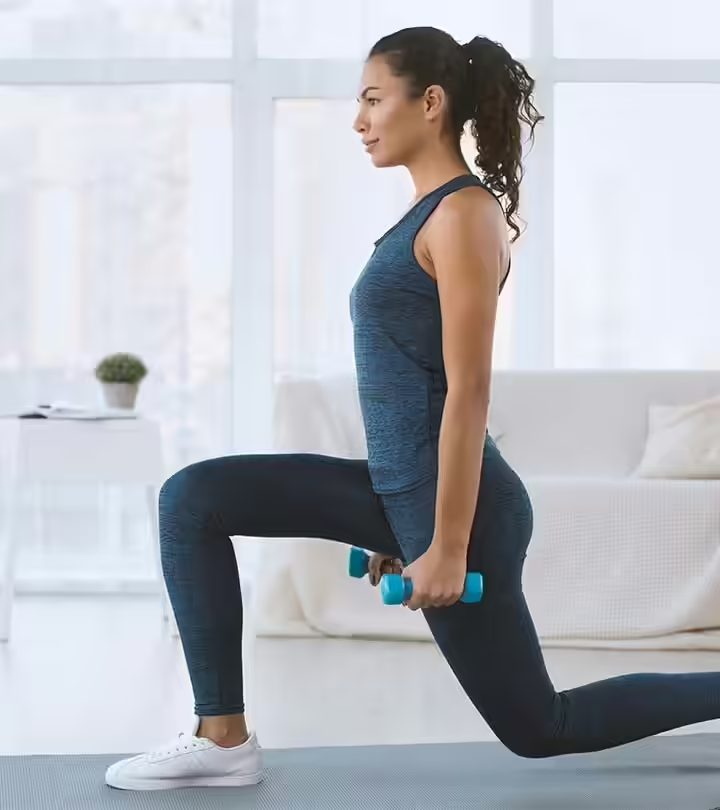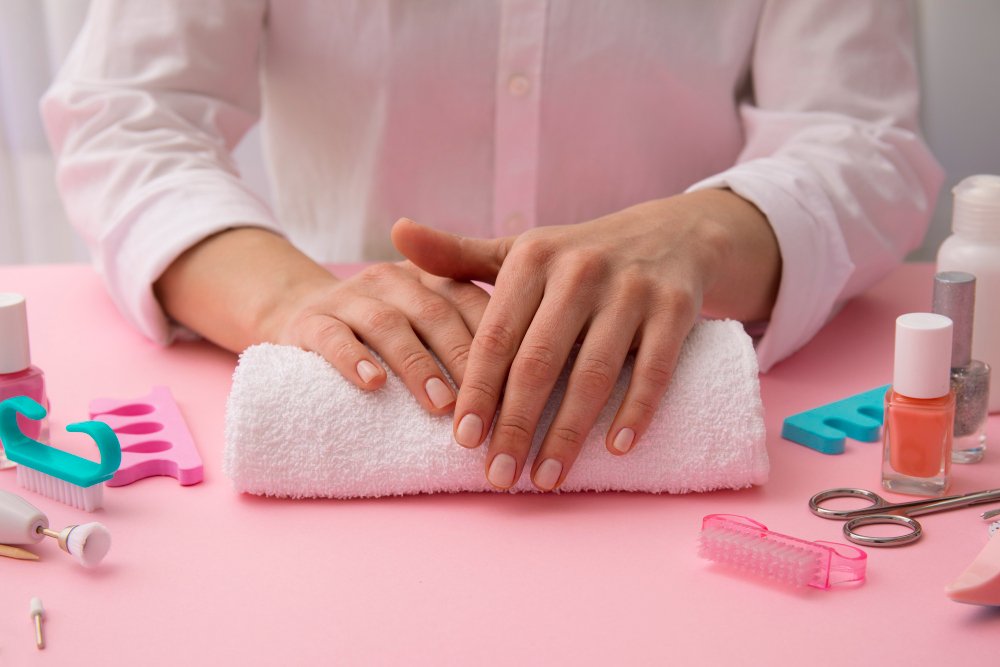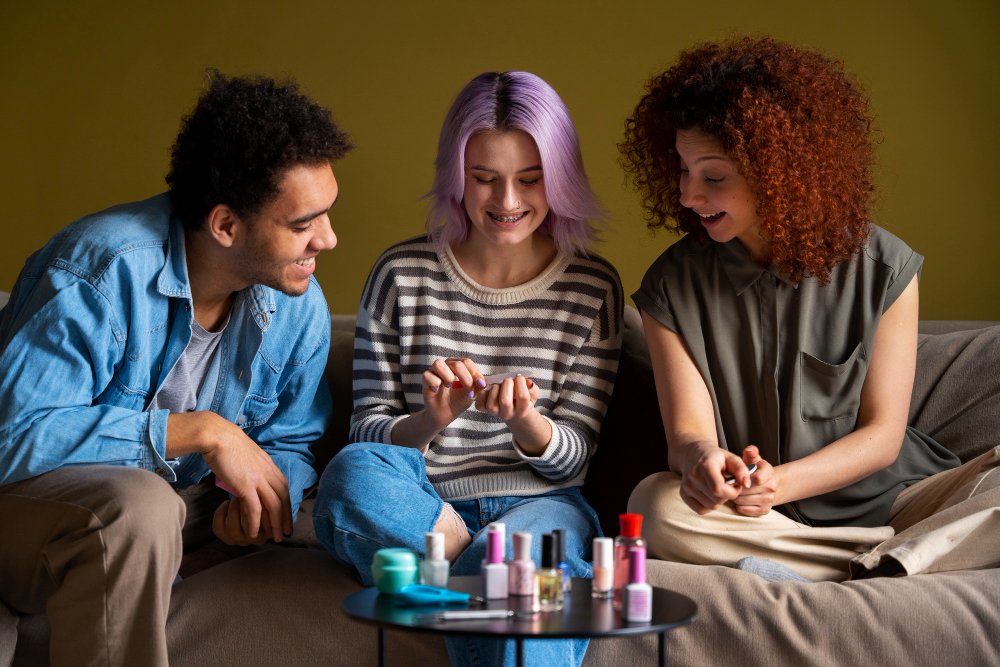Waking up to a Snowstorm of Dandruff? Here’s How to Reclaim Your Hair and Confidence
You rise in the morning, ready to take on the world, only to notice a flurry of white flakes on your shoulders. Dandruff. And just when you reach for your hairbrush, you’re met with a heartbreaking sight: a clump of strands tangled in the bristles. Few things can crush your confidence like hair fall.
Research shows that severe hair fall can significantly impact mental well-being, with some people reporting a drop in self-esteem so severe that they hesitate to step outside. For those battling serious illnesses like cancer, hair loss can be an especially painful emotional blow.
The Harsh Reality: Dandruff and Hair Fall Are Now Everyday Issues

These issues have become increasingly common. Seeing someone with thick, glossy hair feels almost rare, and we often wonder how they manage it. The good news? Maintaining healthy, dandruff-free hair is no longer a mystery. With the right approach and a bit of commitment, you can restore your hair health and confidence.
Why Are You Losing Hair or Seeing Flakes?
One of the most frequently searched hair care topics online is, “How to get rid of dandruff?” Before tackling it, understanding the root causes is essential.
Common causes of dandruff include:
- Dry scalp
- Overgrowth of yeast (especially Malassezia)
- Sensitivity to hair products
- Improper washing habits
Hair reacts differently than skin, so ingredients that seem harmless in skincare may irritate your scalp. Always check product labels closely.
Hair fall may be triggered by:
- Genetics
- Hormonal imbalances
- Stress
- Poor nutrition
While dandruff doesn’t directly cause hair fall, it often leads to itching. Persistent scratching can damage hair follicles, causing breakage and loss.
The Problem with Parabens
Parabens are commonly used in cosmetics to extend shelf life and prevent microbial growth. However, these chemicals can penetrate your scalp, potentially irritating your skin and disrupting natural processes. Choosing paraben-free products, like those from O3+, is a safer, scalp-friendly option.
Your Ultimate Guide to Combating Dandruff and Hair Fall
Here’s a step-by-step strategy to regain control over your hair health:
1. Switch to Gentle Shampoos

Use mild, scalp-appropriate cleansers. Look for shampoos with active ingredients like:
- Zinc pyrithione
- Selenium sulfide
- Ketoconazole (for severe cases)
Avoid harsh sulfates or synthetic fragrances.
2. Hydrate and Nourish
Moisturizing isn’t just for skin. Your scalp needs hydration, too. Include a quality conditioner and nourishing hair oils in your routine. Apply warm oil before bedtime to soothe and strengthen the scalp.

3. Eat for Your Hair
Hair fall is often a symptom of poor nutrition. Focus on a diet rich in:
- Vitamins A, C, D, E
- Biotin and iron
- Omega-3 fatty acids
Great food choices include amla, spinach, avocados, nuts, and fatty fish like salmon.
4. Manage Stress
No product will work if stress is silently damaging your hair from within. Chronic stress can push hair into a resting phase, causing noticeable thinning. Incorporate stress-busting habits like:
- Yoga or stretching
- Meditation and deep breathing
- Regular physical activity
5. Try Natural Remedies
Nature has some powerful allies for your scalp. Add the following to your hair care rotation:
- Amla (Indian gooseberry)
- Aloe vera
- Tea tree oil
- Neem
These ingredients have anti-inflammatory and antibacterial properties that support a healthy scalp.
6. Be Consistent
Healthy hair doesn’t appear overnight. Stick to your routine, and give products time to work—typically at least 6–8 weeks.
7. Always Patch Test
Before committing to any new product, do a patch test to check for irritation or allergic reactions. If you notice itching, burning, or hair shedding, it may not be the right product for your scalp.
8. Get a Dose of Sunshine
A little morning sun (about 10 minutes) can boost vitamin D levels, which supports hair follicle health.
9. Rotate Products if Needed
If your anti-dandruff shampoo isn’t showing results after a month, try switching to one with different active ingredients. Sometimes your scalp just needs a different approach.
Still Struggling? Seek Professional Help
If you’ve followed these tips and still find no improvement, or you’re experiencing pain, redness, or swelling, consult a dermatologist. They can assess underlying issues and recommend targeted treatments.
Conclusion: Say Goodbye to Flakes and Fall
Dandruff and hair fall might feel like lifelong struggles, but they don’t have to be. With the right knowledge, a bit of patience, and a consistent hair care routine, you can regain your healthy, vibrant hair.
Remember: your scalp is unique. What works for one person may not work for you, so keep exploring until you find the right fit. Be kind to your hair, be patient with the process, and soon you’ll be flaunting strong, nourished, flake-free locks.
Try the best paraben-free solutions from O3+ and start your healthy hair journey today.










